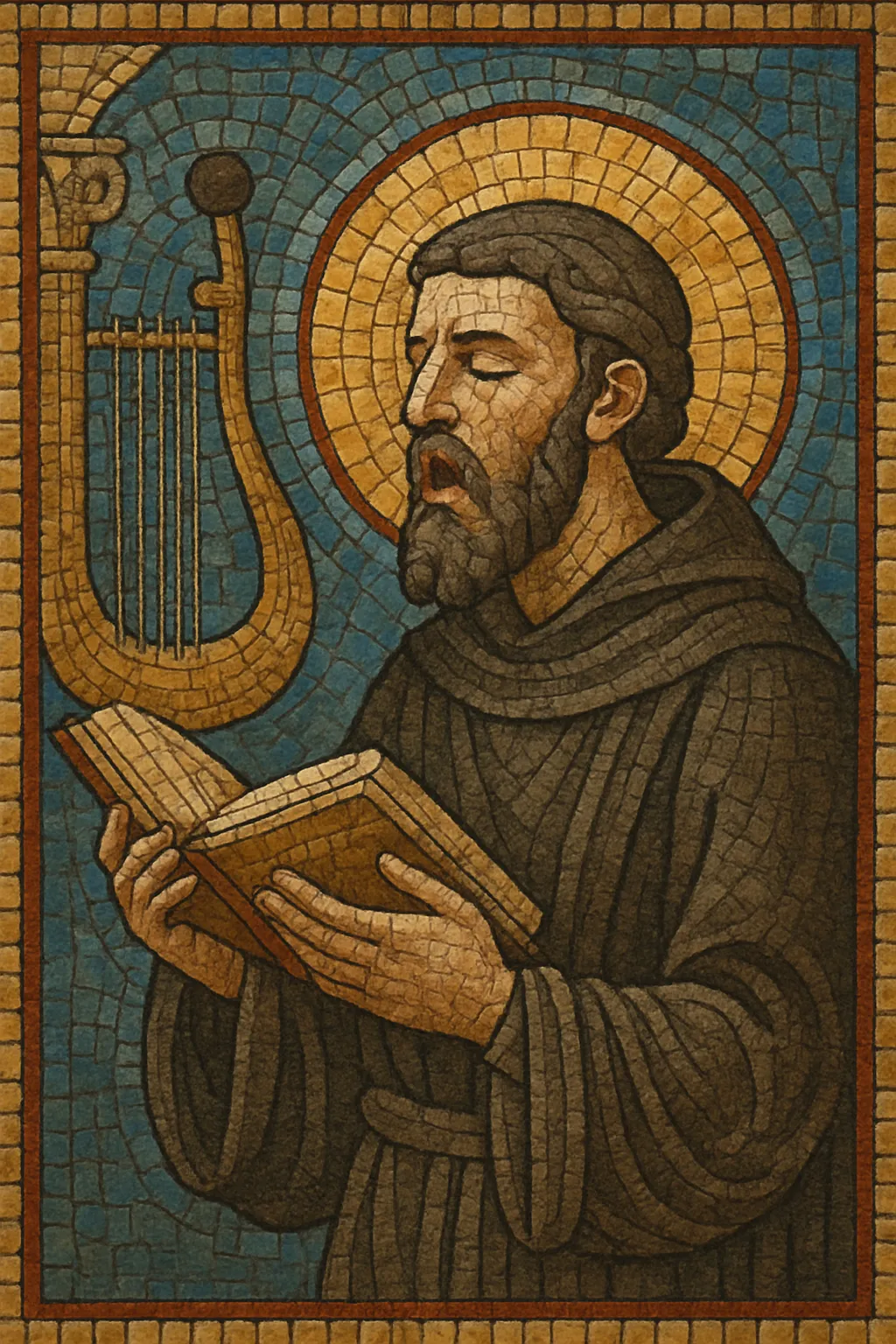Byzantine chant is the monophonic, a cappella liturgical music of the Eastern Roman (Byzantine) Church, sung primarily in Greek and organized around the octoechos (eight-mode) system. Its melodies are modal rather than harmonic, unfolding in one line supported in later practice by a sustained drone (ison).
The repertory sets biblical psalms and hymnic poetry (e.g., troparia, kontakia, stichera, and canons) to melodies that follow textual accent and rhetorical pacing rather than strict meter. Notation employs neumes that encode melodic direction and ornate formulae, preserving a highly codified oral tradition. The sound is characterized by free rhythm, microtonal inflections in certain modes, and an austere, prayerful timbre designed for resonant ecclesiastical spaces.
Byzantine chant remains central to the worship of the Eastern Orthodox Church and has shaped a wide family of chant traditions across the Mediterranean and Slavic worlds.
Following the Christianization of the Roman Empire, the urban liturgies of Constantinople and other Byzantine centers developed a distinct chant praxis. Early psalmody and hymnody coalesced into fixed liturgical offices, and the octoechos (eight-mode) system provided a modal framework for composition and performance.
The kontakion flourished in the 6th century, especially through Romanos the Melodist. From the 7th century, the sticheron and the canon rose to prominence, associated with figures like Andrew of Crete and John of Damascus. Their work consolidated the modal ethos and established rich poetic-musical cycles across the liturgical year.
Middle Byzantine notation appears in manuscripts from the 10th century, documenting a mature, formula-based melodic language. The Palaiologan period (13th–14th centuries) saw significant musical elaboration and pedagogical advances under masters such as John Koukouzelis, who refined kalophonic (ornate) styles and teaching methods.
Under Ottoman rule, the chant tradition continued in patriarchal centers. The "New Method" of notation was codified in the early 19th century by Chrysanthos of Madytos, Gregorios Protopsaltis, and Chourmouzios Chartophylax, standardizing neumatic reading and pedagogy. Composers such as Petros Peloponnesios produced widely used settings.
Legendary protopsaltes of the Ecumenical Patriarchate—like Iakovos Nafpliotis, Konstantinos Pringos, and Thrasyvoulos Stanitsas—shaped modern performance practice and recordings. Today, Byzantine chant thrives across the Orthodox world and the diaspora, supported by scholarly editions, conservatories, and ensembles that balance historical practice with living tradition.
-
•
Select liturgical text and mode; study exemplar melodies in that mode.
•Draft phrase plan marking cadences and textual accents.
•Compose melodic lines using mode-specific motives; add ison plan.
•Rehearse slowly, refining intonation and ornament; finalize pacing in the performance space.


